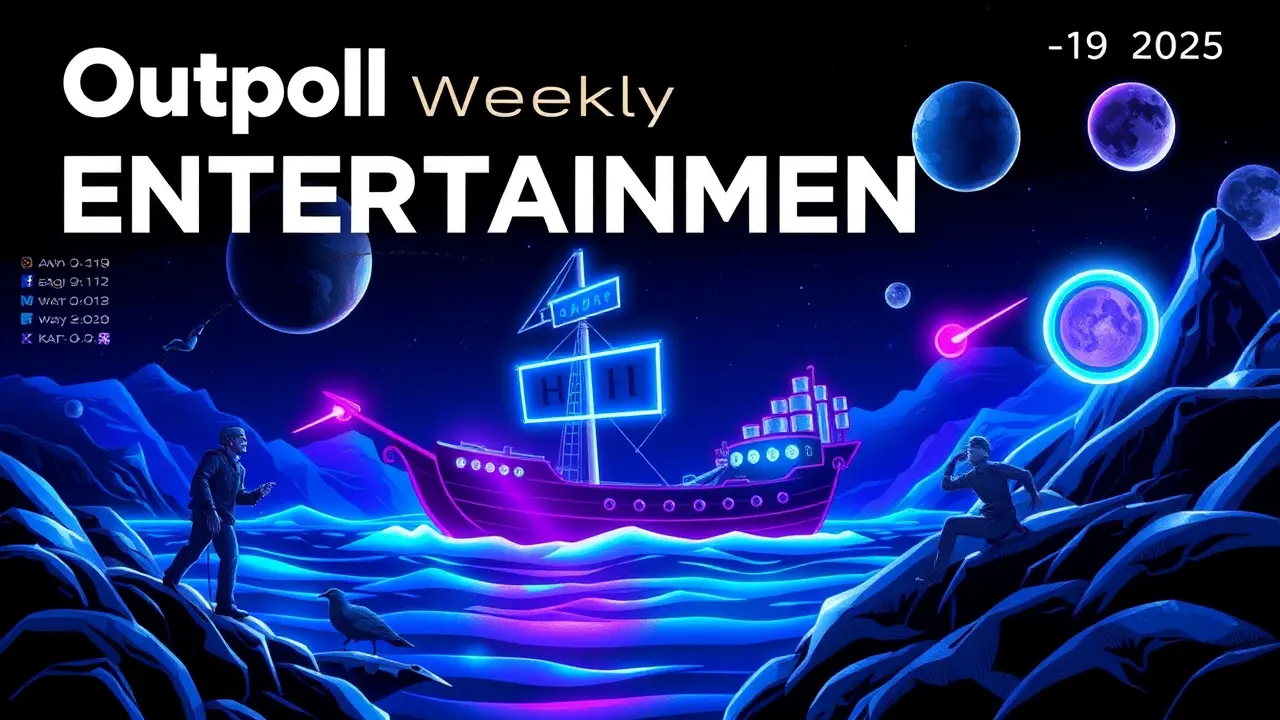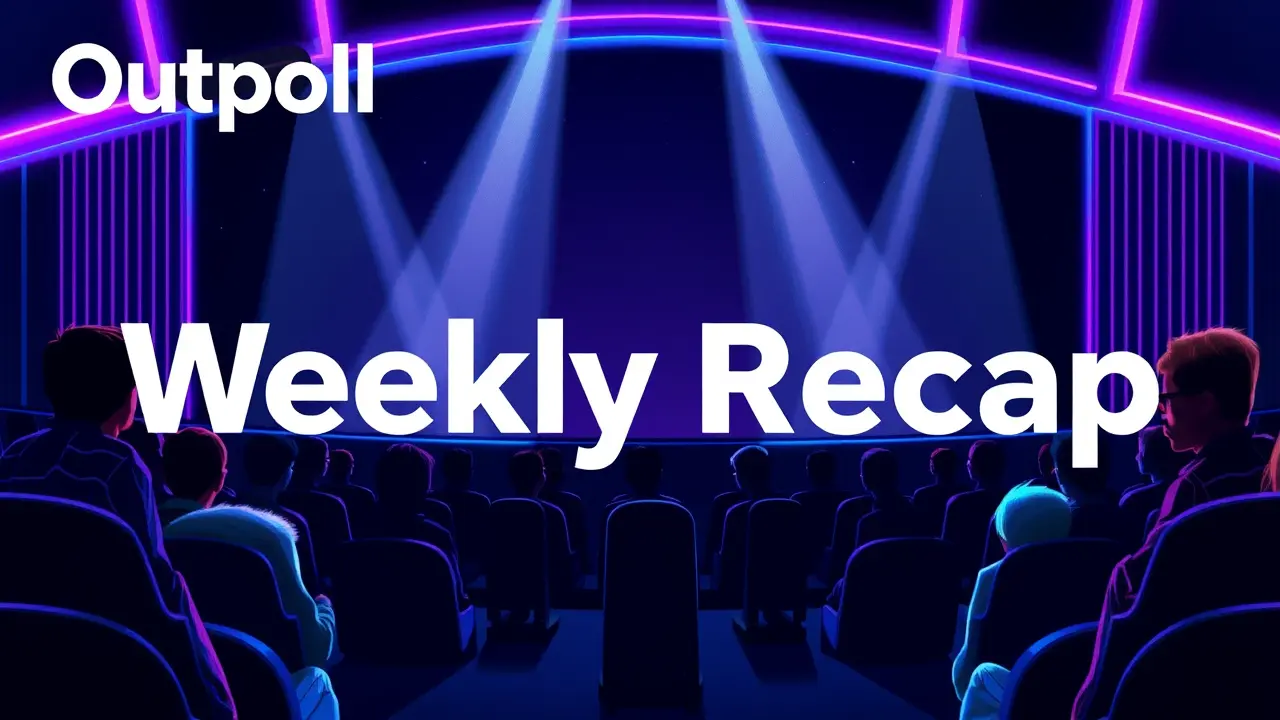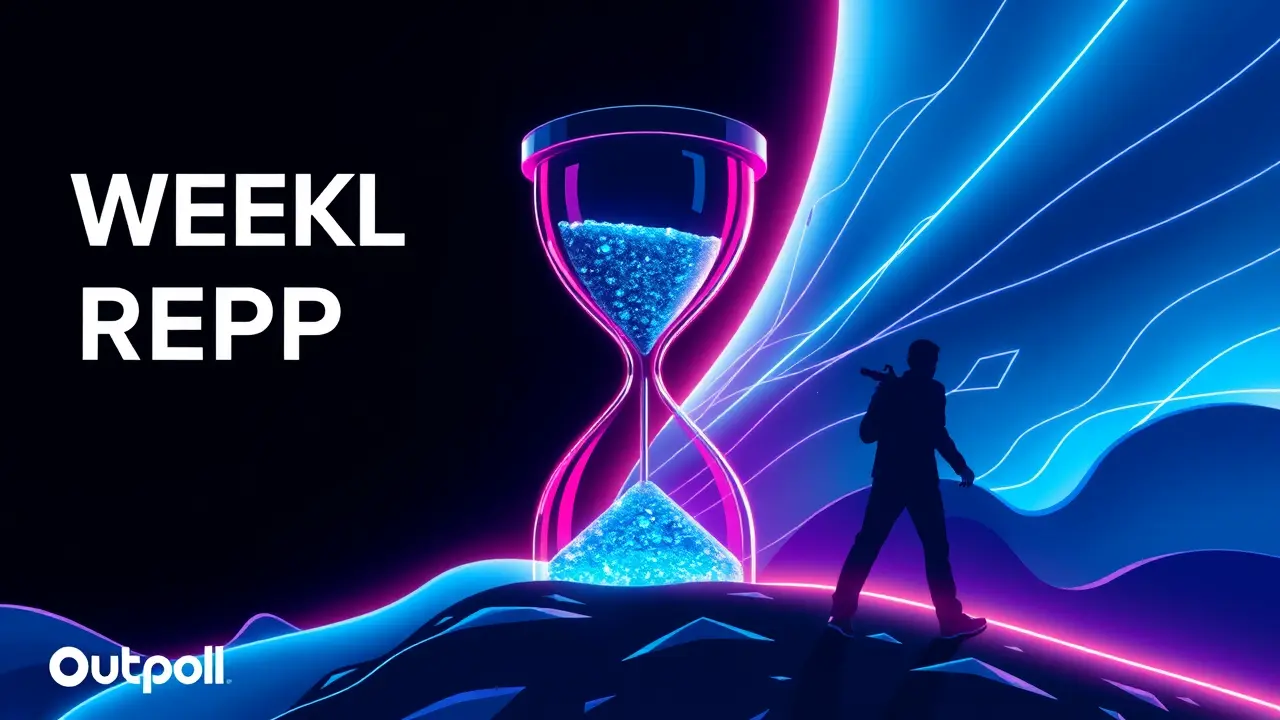
EntertainmentgamingGame Releases
The New Yorker Launches New Anagram Game Shuffalo.
JE
Jessica Stone
8 hours ago7 min read
Okay, so The New Yorker just dropped a new anagram game called Shuffalo, and honestly, it's the kind of brainy, low-key fun that’s perfect for when you’re doomscrolling and need a quick hit of serotonin without the guilt of another meme marathon. Think of it as the literary world's answer to Wordle, but with that signature New Yorker twist of intellectual cool—it’s not just about unscrambling letters; it’s a daily challenge that hooks you with its cleverness, like a plot twist in a prestige Netflix series you can’t stop binging.As a pop culture junkie who lives for trends, I’ve seen games like this blow up overnight, from the crossword craze of the 1920s to the Sudoku invasion of the 2000s, and now, in our attention-deficit era, Shuffalo feels perfectly timed to tap into our collective love for bite-sized puzzles that double as social currency. Remember when Wordle took over Twitter feeds and group chats, becoming a unifier in a fragmented digital landscape? Shuffalo has that same potential, blending the old-school charm of wordplay with the modern need for shareable, daily rituals—imagine posting your solve time on Instagram Stories next to your K-pop fancams, creating a weirdly wholesome mix of highbrow and hype.The game’s twist, which I won’t spoil here (no spoilers, folks!), adds a layer of strategy that’s less about brute-force spelling and more about lateral thinking, kind of like decoding a cryptic clue in a Marvel post-credits scene that rewards the superfans. I reached out to a few linguists and game designers for context, and Dr.Lena Petrov, a cognitive scientist at Stanford, explained that anagramming taps into our brain’s pattern-recognition abilities, similar to how we process music or visual art, making it oddly satisfying—like when you finally get the deeper meaning behind a Taylor Swift lyric. Historically, anagrams date back to ancient Greece, where poets used them to hide messages, and even Galileo played with rearranging letters to encode his astronomical findings; fast-forward to today, and Shuffalo is riffing on that legacy but with a sleek, app-friendly vibe that’s pure 2024.The New Yorker’s move here isn’t just a fun side project; it’s a strategic play in the attention economy, where media giants are pivoting to interactive content to retain subscribers in an age of declining ad revenue. Think about it: The Atlantic has its crossword, The New York Times bought Wordle for a rumored seven figures, and now The New Yorker is stepping into the ring with Shuffalo, betting that their audience of intellectuals and creatives will flock to a game that feels both erudite and effortlessly cool.Possible consequences? Well, if it catches on, we could see a resurgence of word games in pop culture, inspiring everything from TikTok challenges to themed parties—picture a Shuffalo night at a Brooklyn bar, with cocktails named after anagrammed literary figures. But there’s a risk, too; the market is getting crowded, and if Shuffalo doesn’t innovate fast, it might fizzle out like so many flash-in-the-pan apps.Still, early buzz suggests it’s hitting the right notes, with users praising its intuitive design and the subtle way it encourages linguistic creativity without feeling like homework. In the broader context, this isn’t just about killing time; it’s about reclaiming play as a form of mental exercise, a trend that’s been gaining steam since the pandemic forced us to find joy in small, screen-based escapes. So, if you’re tired of endless scrolling and craving something that engages your brain while keeping that pop culture vibe, give Shuffalo a spin—it might just be your new obsession, blending the thrill of a puzzle with the gossip-worthy excitement of a trending topic.
#editorial picks news
#word game
#anagram
#The New Yorker
#daily challenge
#puzzle
#new release
Stay Informed. Act Smarter.
Get weekly highlights, major headlines, and expert insights — then put your knowledge to work in our live prediction markets.
Related News
© 2025 Outpoll Service LTD. All rights reserved.



